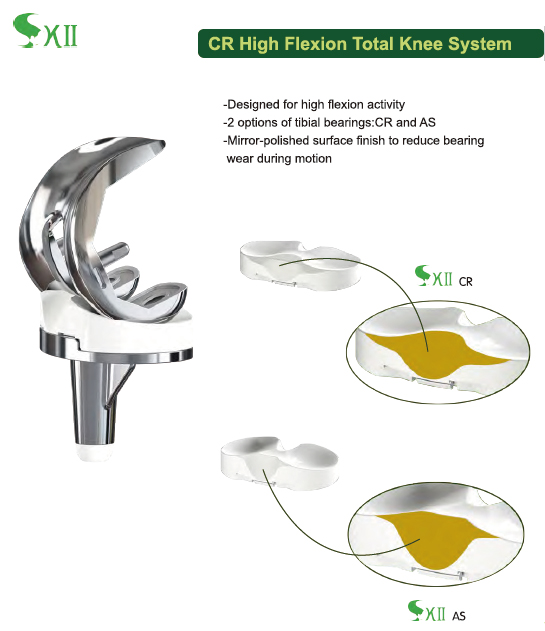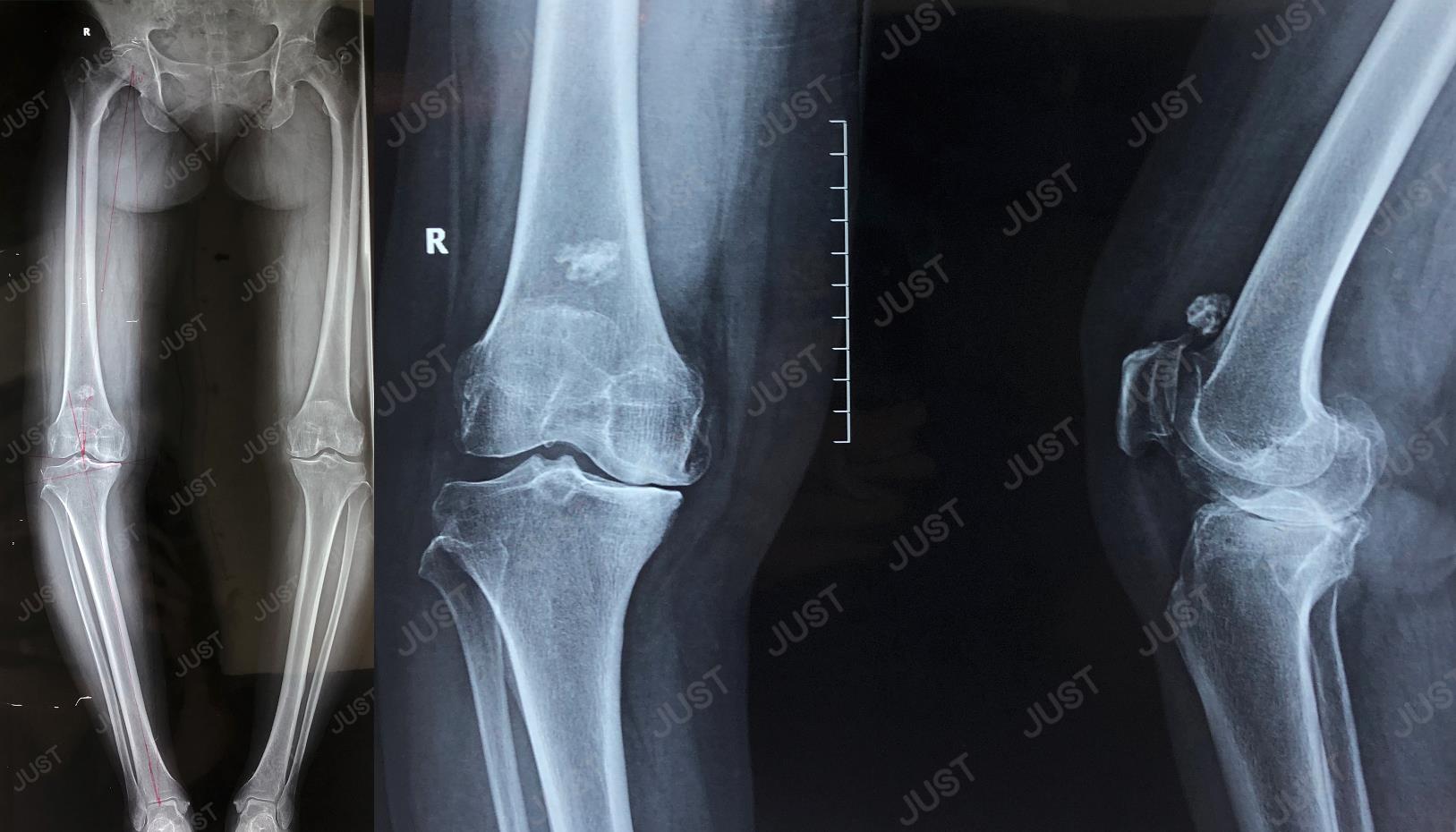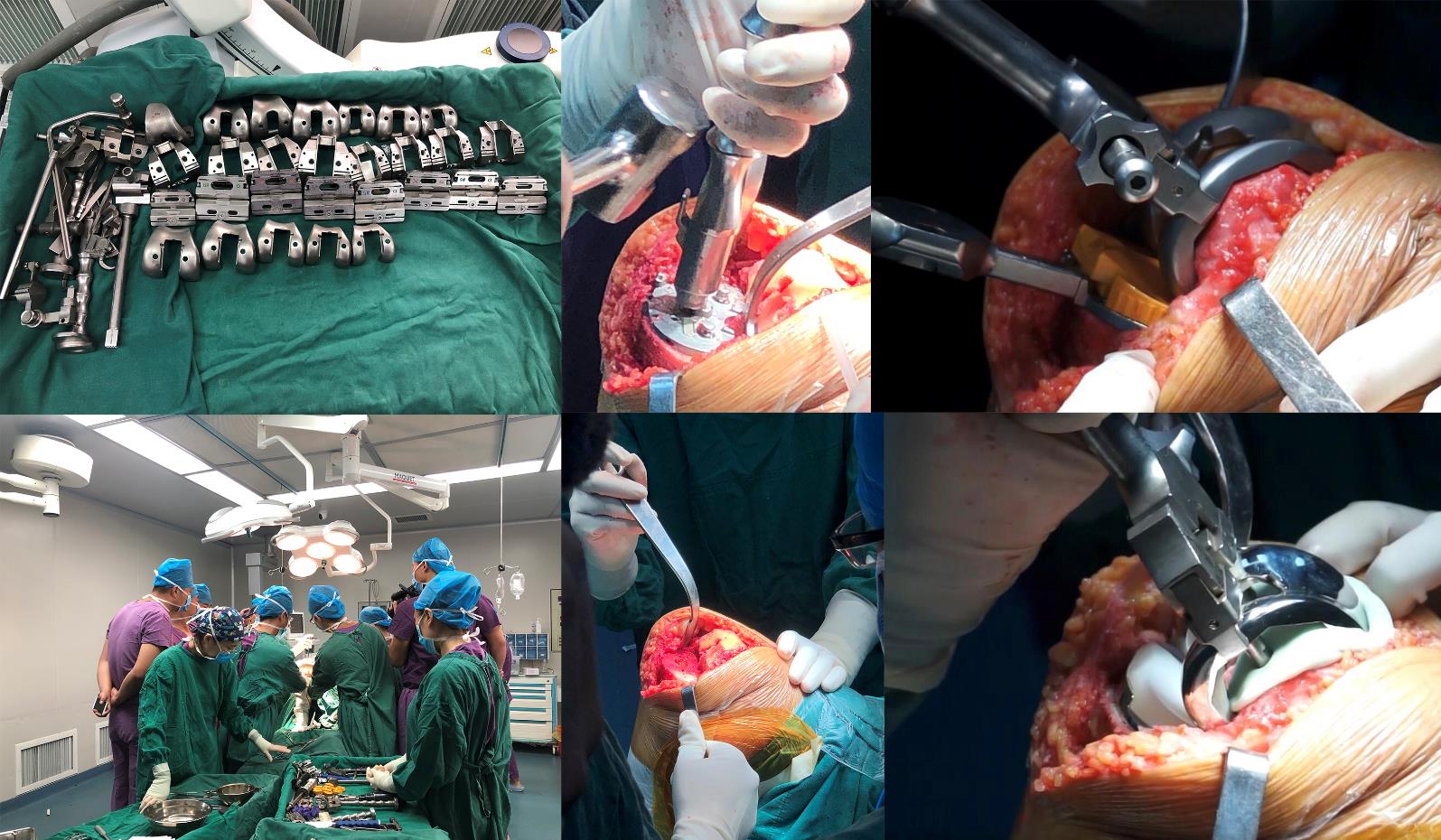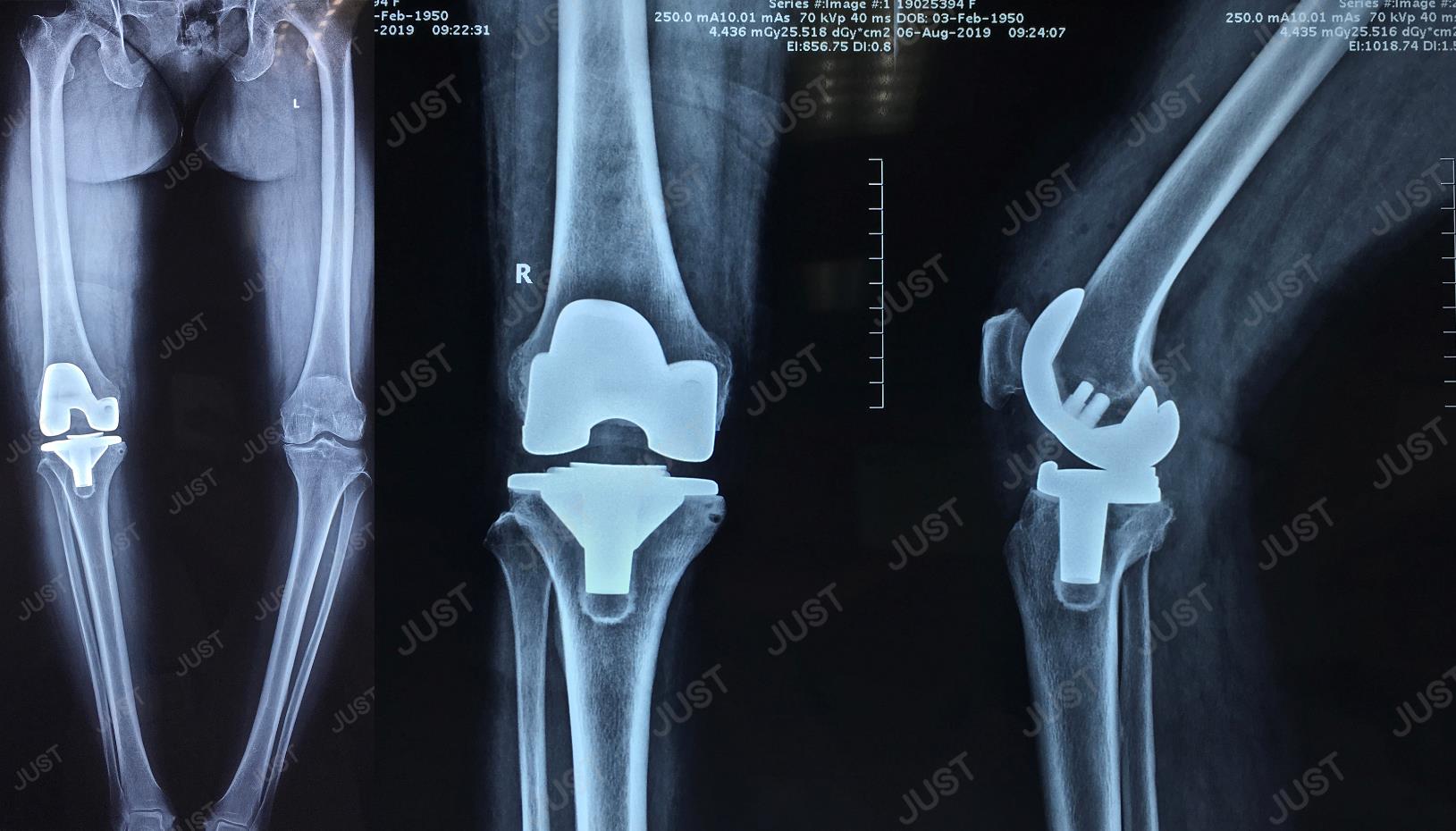Case of SKII CR High Flexion Total Knee System
 Apr. 06, 2021
Apr. 06, 2021
Case of SKII CR High Flexion Total Knee System

Patient: female, 69 years old
Chief complaint: pain of right knee joint was limited for more than 10 years and aggravated for 1 year.
History of present illness: the patient began to have pain in the right knee 10 years before admission, limited activity, but it can be tolerable. If he was loaded, it will aggravate.
Treatment in the local hospital, give oral medicine and other symptomatic treatment, the effect is general, repeated attacks.
One year ago, the pain was obviously aggravated, and the activity was limited, which seriously affected the quality of life. The X-ray of the patient in the local hospital showed that the right knee osteoarthritis. Now, for further diagnosis and treatment, he came to our hospital and was admitted to our department in the outpatient department. The patient was conscious, had a good diet and sleep, had normal urine and body temperature.
Past history: general health
Disease history: history of hypertension for several years, oral administration of compound reserpine and pteridine, history of chronic pharyngitis, denial of heart disease, etc
History of infection: denial of history of hepatitis and tuberculosis
Vaccination history: local
Operation history: hysterectomy more than 20 years ago
History of trauma: none
Specialty: the right lower limb was varus deformity, the knee skin was intact, no swelling and ulceration, positive medial tenderness, limited activity, unable to straighten, flexion 30-100 degrees, normal muscle strength, good peripheral circulation.
Auxiliary examination: The X-ray film of the outside hospital showed that a large number of lip like hyperplasia shadow could be seen at the edge of the right knee joint, the medial joint space was narrow, and the joint surface was sclerotic.
The initial diagnosis was as follows:
1. Right primary unilateral knee arthropathy
2. Right acquired genu varus deformity
3. Contracture deformity of right knee joint
4. Hypertension grade 3 (very high risk)
5. Chronic pharyngitis
6. State after hysterectomy
















